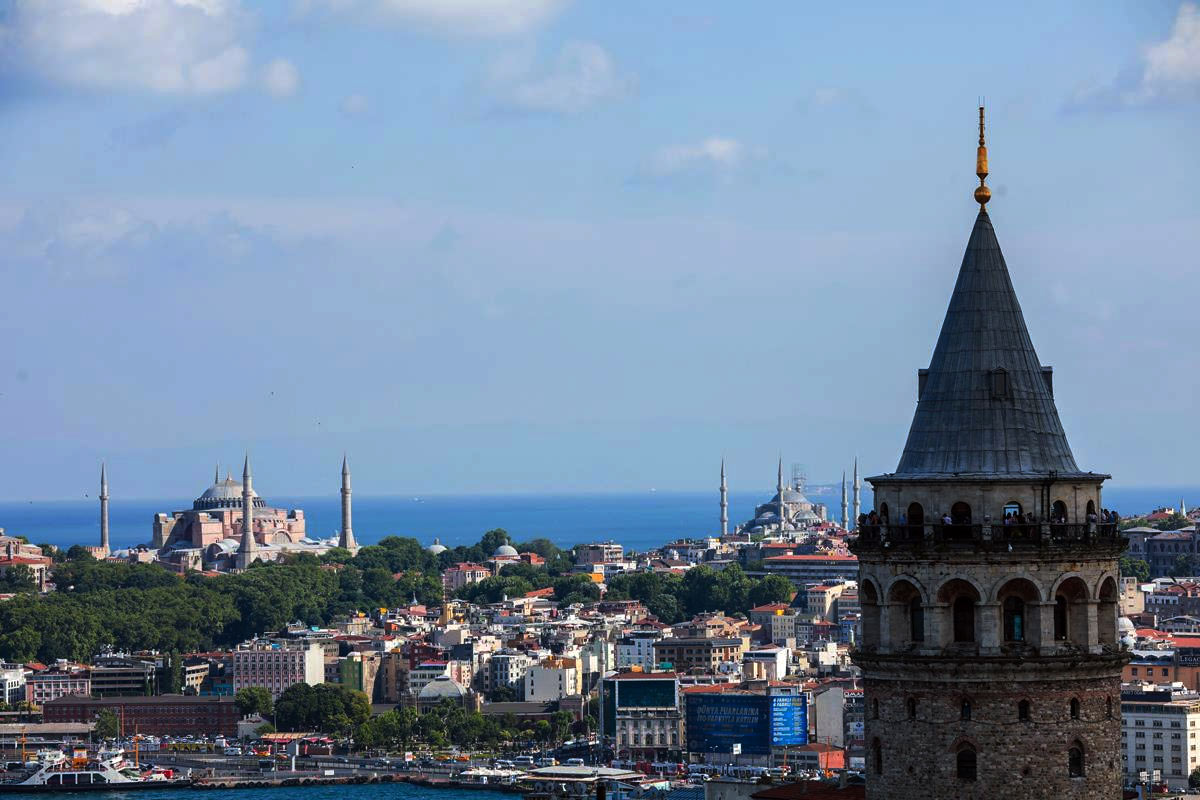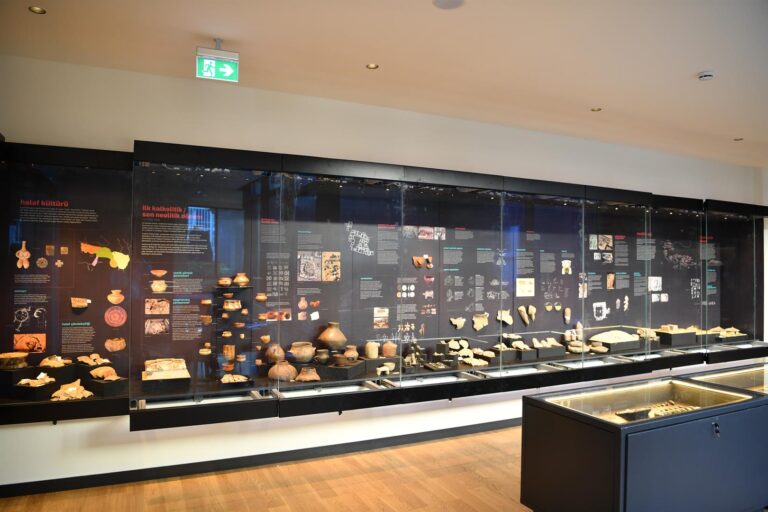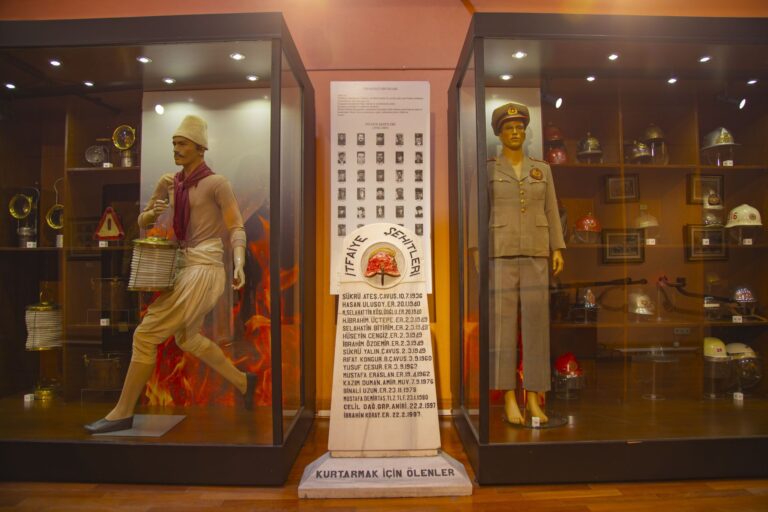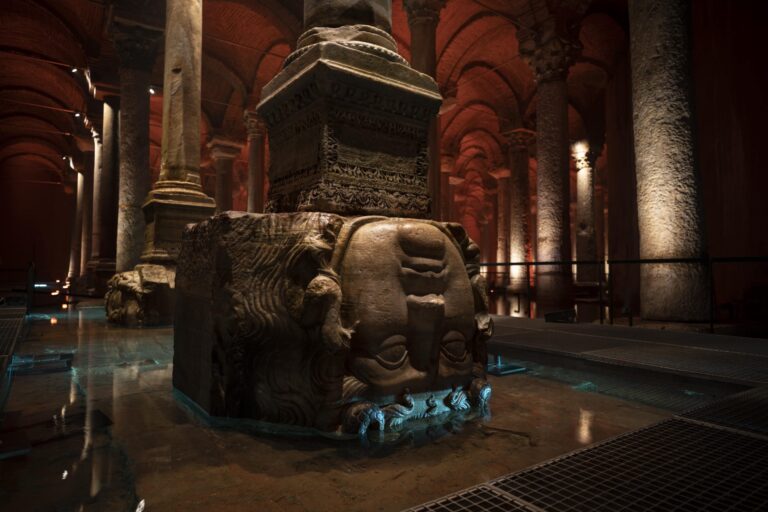Galata Tower Museum History, Exhibits, Entrance Fee, and Visiting Hours
Galata Tower, located in the Beyoğlu district of Istanbul, is a prominent historical structure with a rich history. Originally constructed as a watchtower for the Galata Walls, it now serves as a popular tourist attraction, featuring an observation deck and a museum. This landmark is a symbol of both Beyoğlu and Istanbul.
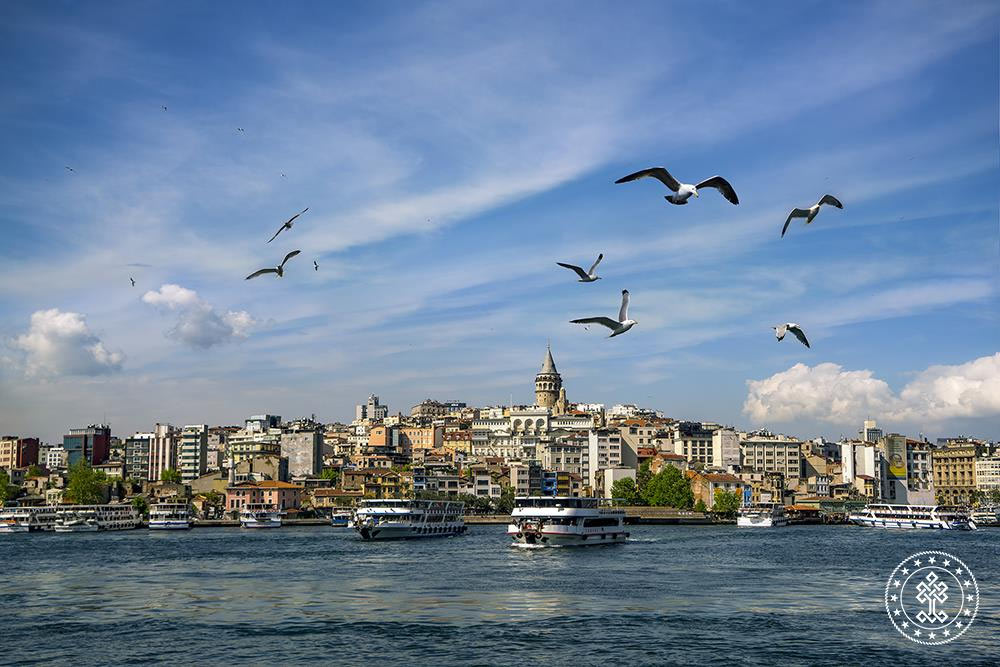
The tower’s history dates back to 1267, when the Genoese, allies of the Byzantine Empire, established a colony named “Pera” in Galata, located north of the Golden Horn. Over time, with permissions from the Byzantine rulers, the Genoese expanded their territory and built fortifications in the area between 1335-1349. The current Galata Tower, as we know it, was built in 1348. After the conquest of Istanbul by the Ottoman Empire on May 29, 1453, the Genoese peacefully handed over the colony to the Ottomans.
The tower has undergone several renovations throughout its history. It was damaged in the 1509 earthquake and subsequently repaired in 1510. In 1794, following a fire, the tower was renovated, and its design was altered, converting its top part into a coffee house. After another fire in 1831, the design was again changed. In 1875, following the collapse of its roof in a storm, two wooden rooms were added on the top, and it was used by the city’s fire brigade.
Between 1965-1967, Galata Tower underwent a significant restoration, transforming it into a tourist structure with different floors serving various purposes. The roof was redesigned to resemble its appearance between 1832-1876. In 2013, it was added to UNESCO’s Tentative List of World Heritage Sites in Turkey. The tower was last transformed into a museum by the Ministry of Culture and Tourism and reopened on October 6, 2020, coinciding with the anniversary of Istanbul’s Liberation.
Galata Tower stands at a height of 62.59 meters from the tip of its roof to the ground. It has a cylindrical stone body with a reinforced concrete roof and consists of a total of 11 floors, including the basement and mezzanine. An elevator runs from the ground floor to the sixth floor, with stone stairs leading up to the fourth floor and steel construction stairs to the eighth floor.
The tower’s entrance, located on the south axis elevated from the ground, is reached by marble steps on both sides. The entrance, featuring an Empire style with marble surrounds, bears an inscription about the 1831-1832 restoration and renovation works by Poet Ethem Pertev Pasha.
On the ground floor, visitors find the ticket control and security point and the entrance to the two-cabin elevator system, which runs up to the sixth floor. Inside the elevator cabins, a specially designed system with eight screens each displays an animation of the 16th-century view of Istanbul, giving the sensation of ascending in a glass cabin elevator in Galata Tower.
The tower’s panoramic observation deck on the eighth floor is one of its most attractive features. The seventh floor houses a 1/2500 scale model of Istanbul with significant historical structures, integrated with six tablets and five viewing binoculars. The sixth floor displays a model of a small sailing cargo ship from the 9th century and a video game titled “Find Istanbul” for younger visitors. The fifth floor is a museum displaying artifacts from the Neolithic, Roman, Byzantine, and Ottoman periods. The fourth floor, also arranged as a museum, showcases the victory chain used by the Ottoman Empire, a symbol of the city’s identity.
The third floor serves as a temporary exhibition hall for the Galata Tower Museum. The second floor features a large-screen simulation of Hezarfen Ahmed Çelebi’s flight from Galata Tower to Üsküdar, along with exhibits related to the tower’s use as an observatory. The first floor is arranged as a museum shop, selling replicas of exhibited items, souvenirs, and memorabilia related to the tower and Istanbul.
Visitors exit through the mezzanine floor above the entrance level, using a separate section of the stairs in front of the door.
Visiting Hours: Open every day of the year Opening Time: 08:30 Closing Time: 00:00 Ticket Office Closing Time: 23:00
Address: Bereketzade, Galata Tower, 34421 Beyoğlu/Istanbul Phone: 0212 245 41 41 For updated information, please visit the website.
Admission:
- Free for Turkish citizens over 65 years old
- Free for foreign children aged 0-8
- Free for Turkish citizens aged 0-18
- Free for students studying art history, archaeology, and museology at universities
- 650 TL for all adults, both local and foreign

